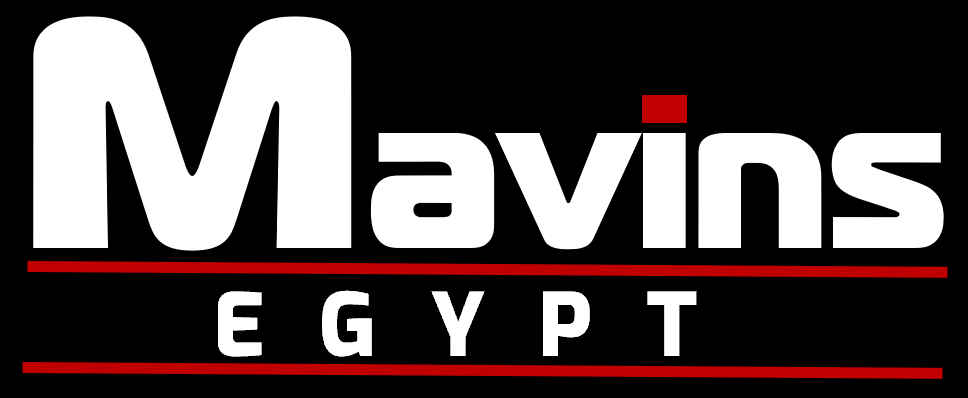
As Environmental, Social, and Governance (ESG) considerations become integral to corporate strategies, businesses face growing regulatory scrutiny worldwide. With governments, investors, and global organizations prioritizing sustainability and transparency, ESG reporting is no longer optional for many companies. It is a strategic imperative. The evolving regulatory landscape requires organizations to adapt swiftly to avoid penalties, enhance market reputation, and meet stakeholder expectations.
The Evolving Landscape of ESG Regulations
ESG reporting frameworks have traditionally been voluntary, providing companies the flexibility to report on metrics of their choice. However, the regulatory environment is rapidly shifting toward mandatory disclosures, driven by national governments, supranational organizations, and industry bodies.
1. European Union (EU)
The EU has been a global leader in driving ESG reporting:
- Corporate Sustainability Reporting Directive (CSRD):
- Replaces the Non-Financial Reporting Directive (NFRD).
- Requires companies with over 250 employees, €40 million turnover, or €20 million in assets to disclose detailed ESG information starting in 2024.
- Aligns reporting with the European Sustainability Reporting Standards (ESRS) for uniformity and comparability.
- EU Taxonomy Regulation:
- Establishes a classification system for sustainable economic activities.
- Requires companies to disclose alignment with taxonomy objectives, such as climate mitigation and biodiversity conservation.
2. United States (US)
The US is advancing ESG reporting under regulatory bodies such as the SEC:
- Proposed SEC Climate-Related Disclosure Rule:
- Mandates disclosures on greenhouse gas (GHG) emissions, climate-related risks, and transition plans.
- Requires public companies to report Scope 1 and Scope 2 emissions, with Scope 3 disclosures applicable in certain cases.
- Emphasizes board and management oversight of climate risks.
- Department of Labor (DOL):
- Updated fiduciary rules for retirement plans to include ESG factors in investment decisions, reflecting growing demand for sustainable financial products.
3. Global Frameworks
Global initiatives are setting the stage for a unified ESG reporting framework:
- International Sustainability Standards Board (ISSB):
- Established by the IFRS Foundation to develop comprehensive ESG disclosure standards.
- Consolidates the frameworks of the Task Force on Climate-related Financial Disclosures (TCFD) and the Sustainability Accounting Standards Board (SASB).
- Focuses on materiality and decision-useful information for investors.
- Task Force on Climate-related Financial Disclosures (TCFD):
- Widely adopted globally, TCFD requires disclosures on governance, strategy, risk management, and metrics related to climate risks.
- Mandatory in jurisdictions such as the UK, New Zealand, and Japan.
Key Components of ESG Reporting
Environmental (E)
Environmental reporting addresses an organization’s impact on natural ecosystems. Regulators increasingly demand transparency on:
- GHG Emissions: Scope 1 (direct), Scope 2 (indirect from energy), and Scope 3 (value chain emissions).
- Climate Risk: Assessing risks from climate change, including physical (e.g., extreme weather) and transition risks (e.g., regulatory changes).
- Resource Management: Energy efficiency, water use, and waste reduction initiatives.
Social (S)
Social reporting evaluates the organization’s interaction with employees, communities, and customers:
- Labor Practices: Disclosures on workforce diversity, equity, inclusion (DEI), and employee well-being.
- Community Impact: Initiatives addressing human rights, education, and local development.
- Supply Chain Ethics: Monitoring labor practices and environmental impacts across supply chains.
Governance (G)
Governance focuses on transparency and accountability:
- Board Oversight: Diversity, independence, and sustainability expertise of board members.
- Ethical Conduct: Anti-corruption measures, data privacy policies, and executive compensation.
Preparing for Regulatory Compliance
1. Understanding the Regulatory Landscape
- Regional Analysis: Identify the ESG frameworks and regulations applicable to your organization’s operations.
- Sector-Specific Requirements: Certain industries, such as energy and finance, face stricter ESG disclosure obligations.
- Engagement with Stakeholders: Work with regulators, industry associations, and ESG standard-setting bodies to stay updated.
2. Building a Robust ESG Framework
- Integration into Strategy: Align ESG goals with business objectives, emphasizing measurable and time-bound targets.
- Data Collection and Analysis:
- Automate data collection to streamline processes and ensure accuracy.
- Leverage platforms such as SASB Navigator or CDP Reporting tools to centralize ESG metrics.
- Risk Management:
- Perform climate and social risk assessments, integrating findings into the company’s enterprise risk management (ERM) framework.
3. Strengthening Reporting Processes
- Adopting Reporting Standards:
- Begin transitioning to internationally recognized standards, such as ISSB or TCFD, to ensure compliance.
- Develop cross-functional reporting teams involving finance, legal, sustainability, and IT departments.
- Assurance and Verification:
- Engage third-party auditors to verify ESG disclosures, enhancing credibility and stakeholder trust.
- Conduct internal audits to identify and address gaps in reporting.
4. Engaging Stakeholders
- Transparent Communication:
- Use annual reports, sustainability reports, and investor presentations to communicate ESG performance.
- Highlight progress on regulatory compliance and sustainability initiatives.
- Employee Involvement:
- Foster a culture of sustainability within the organization through training and incentives.
Future Trends in ESG Reporting
1. Harmonization of Global Standards
- Efforts by the ISSB and regional regulators aim to reduce reporting complexity by unifying standards.
- Anticipate increased adoption of industry-specific disclosure metrics.
2. Technology Integration
- Artificial intelligence and blockchain will play a significant role in ESG data analysis, monitoring, and reporting.
- Real-time data capabilities will provide organizations with actionable insights into their ESG performance.
3. Stakeholder-Driven ESG
- Investors, consumers, and employees are demanding greater accountability, pushing companies toward more transparent ESG reporting.
- ESG performance will increasingly influence access to capital and customer loyalty.
Conclusion
ESG reporting is no longer a peripheral concern but a strategic necessity. As regulators tighten requirements and stakeholders demand greater transparency, businesses must proactively align with emerging standards. By preparing today, organizations can ensure compliance, mitigate risks, and unlock long-term value.
At Mavins, we help organizations navigate the complexities of ESG reporting through tailored solutions. Let us guide your business in achieving compliance and leadership in sustainability.
#ESGReporting #Sustainability #ClimateRisk #CorporateTransparency #GlobalStandards #RegulatoryCompliance #MavinsExcellence #Governance #SustainableFuture #StakeholderEngagement
